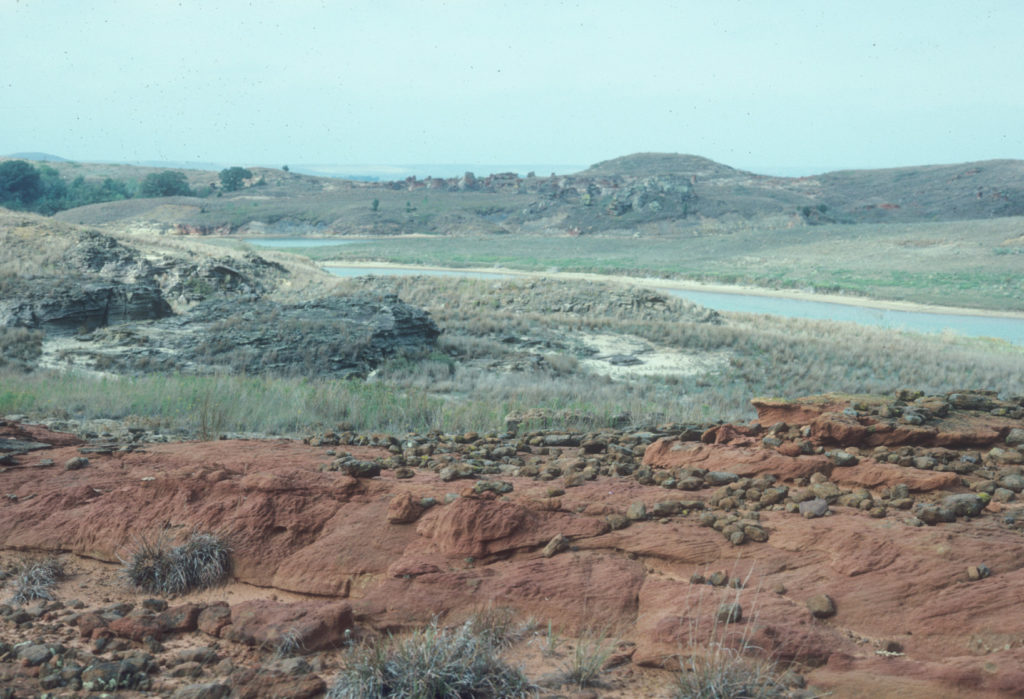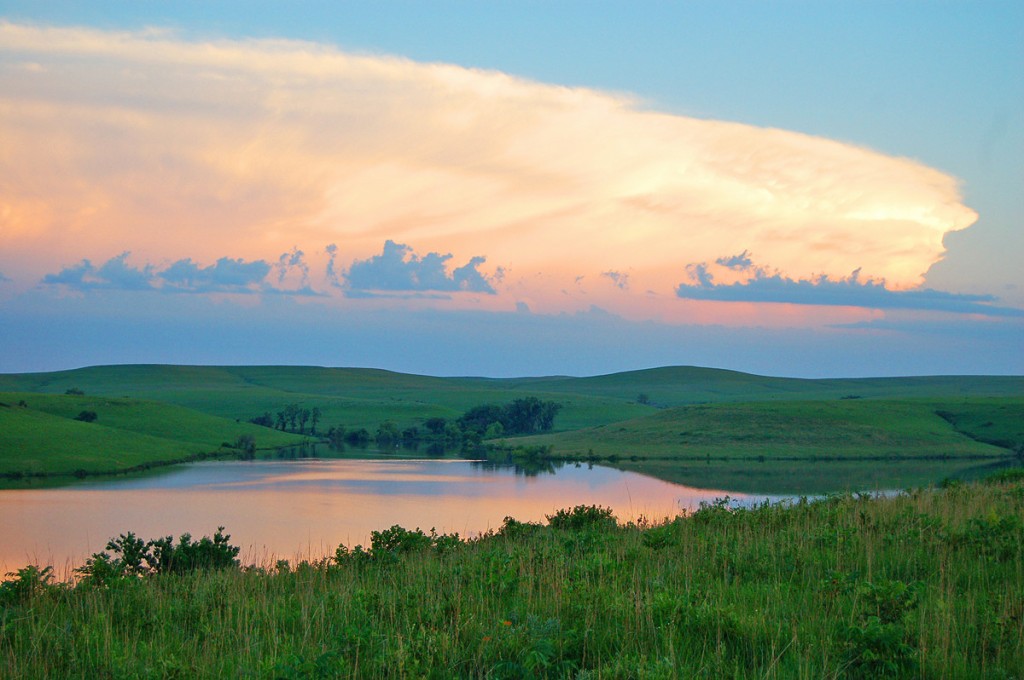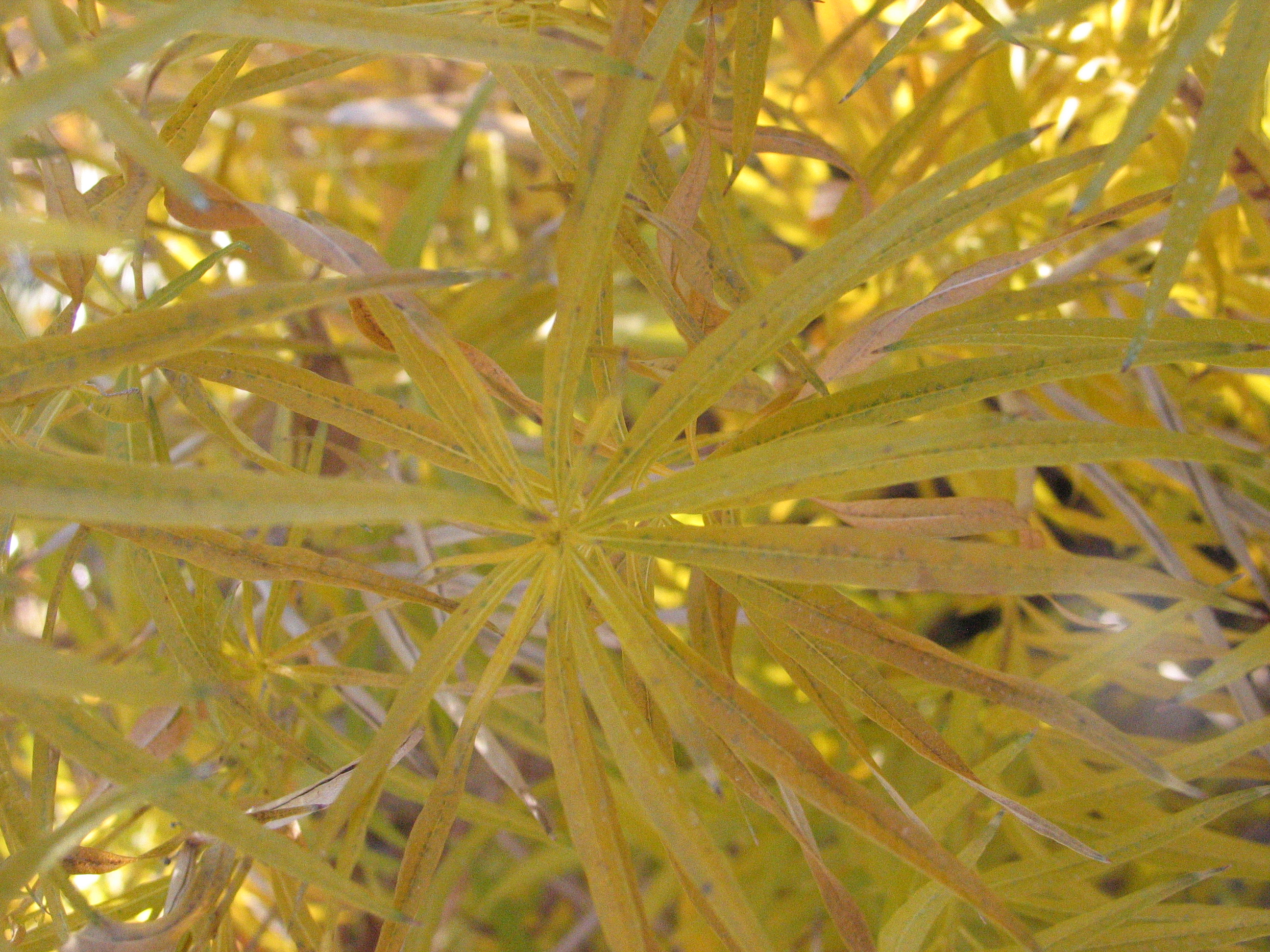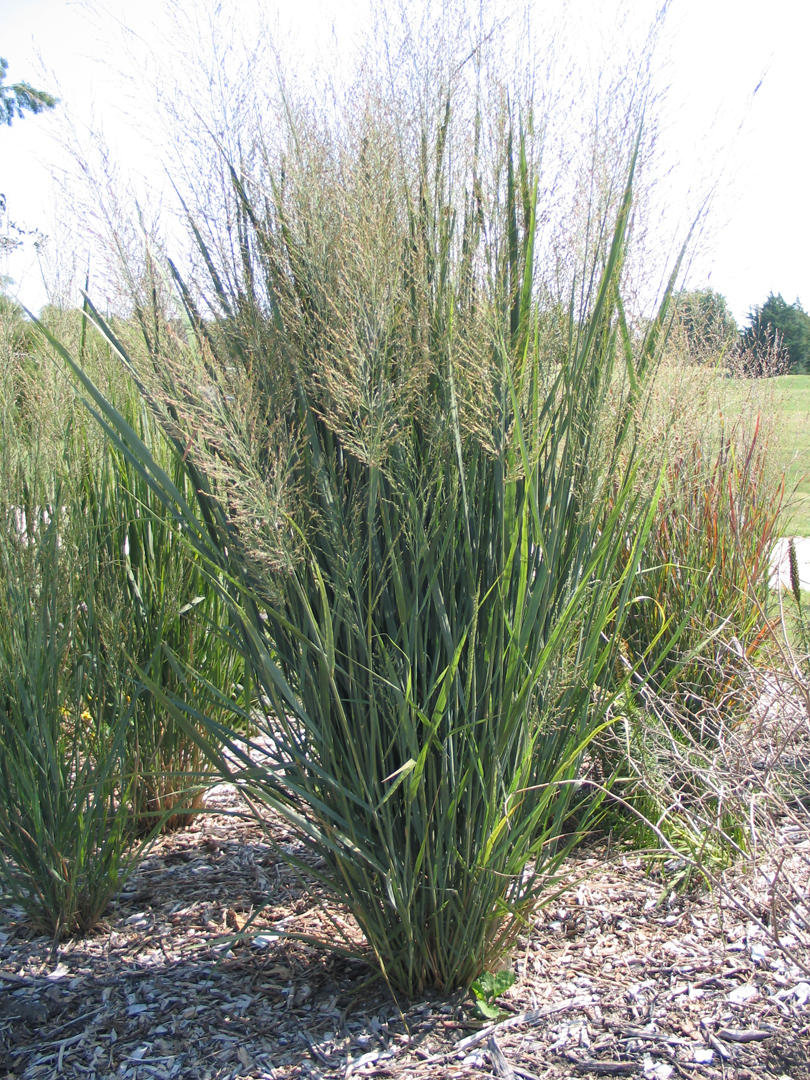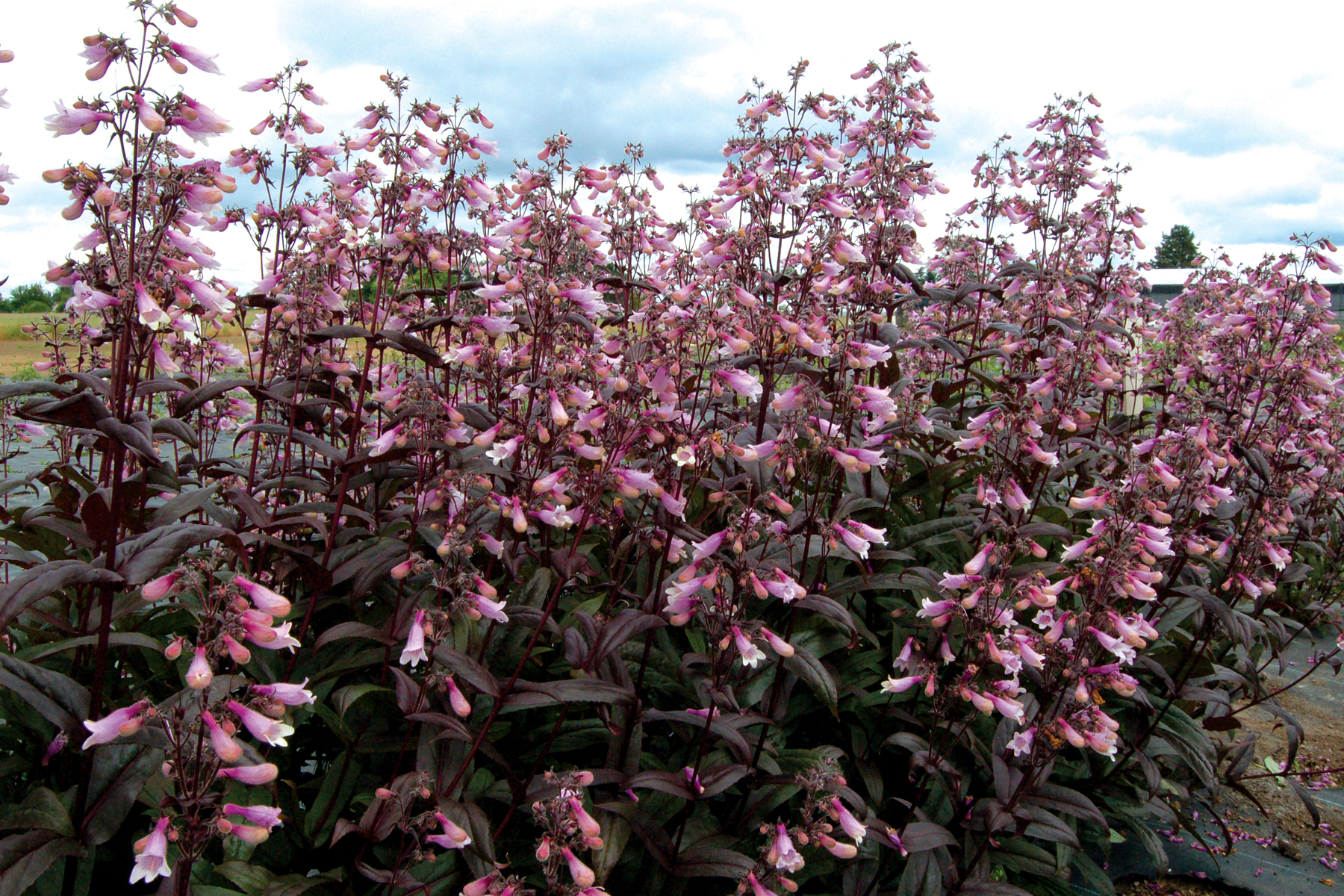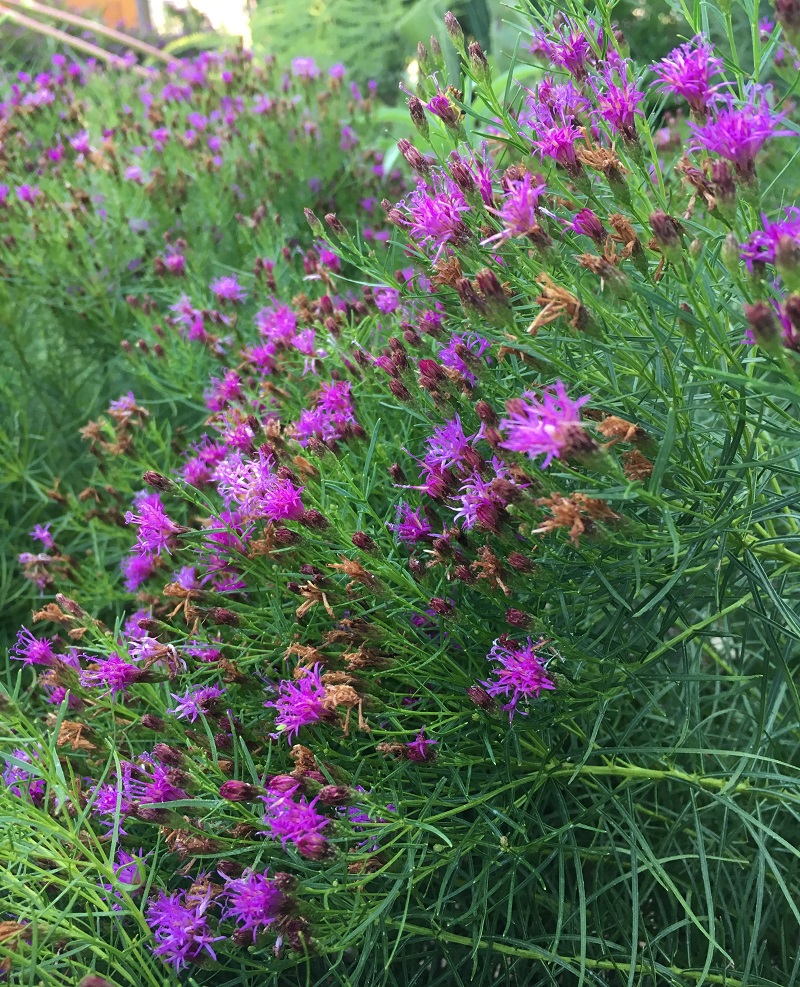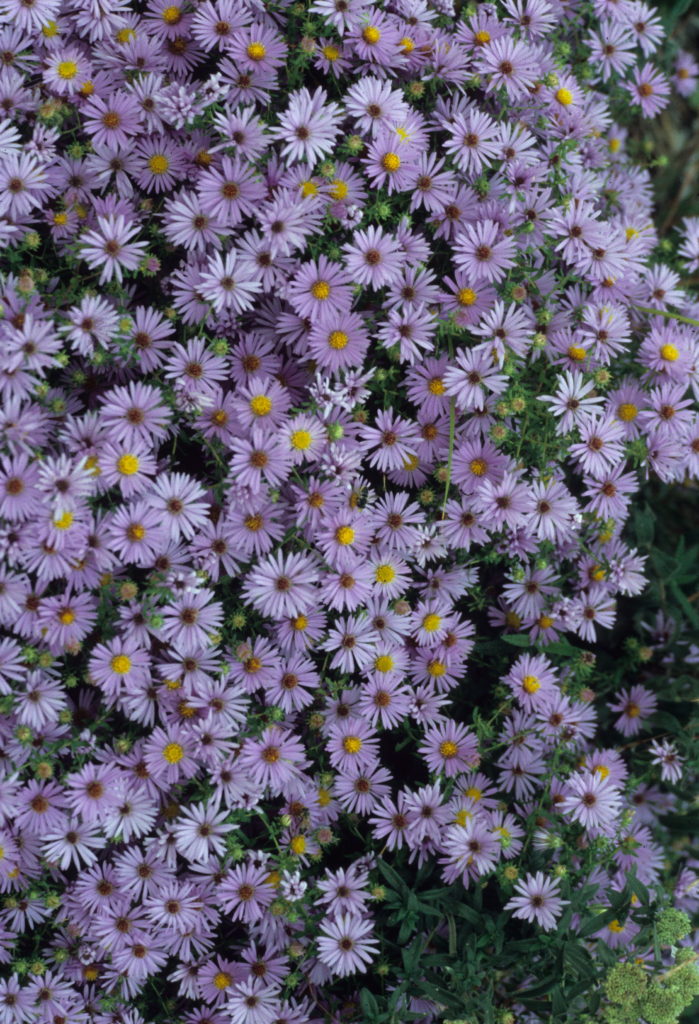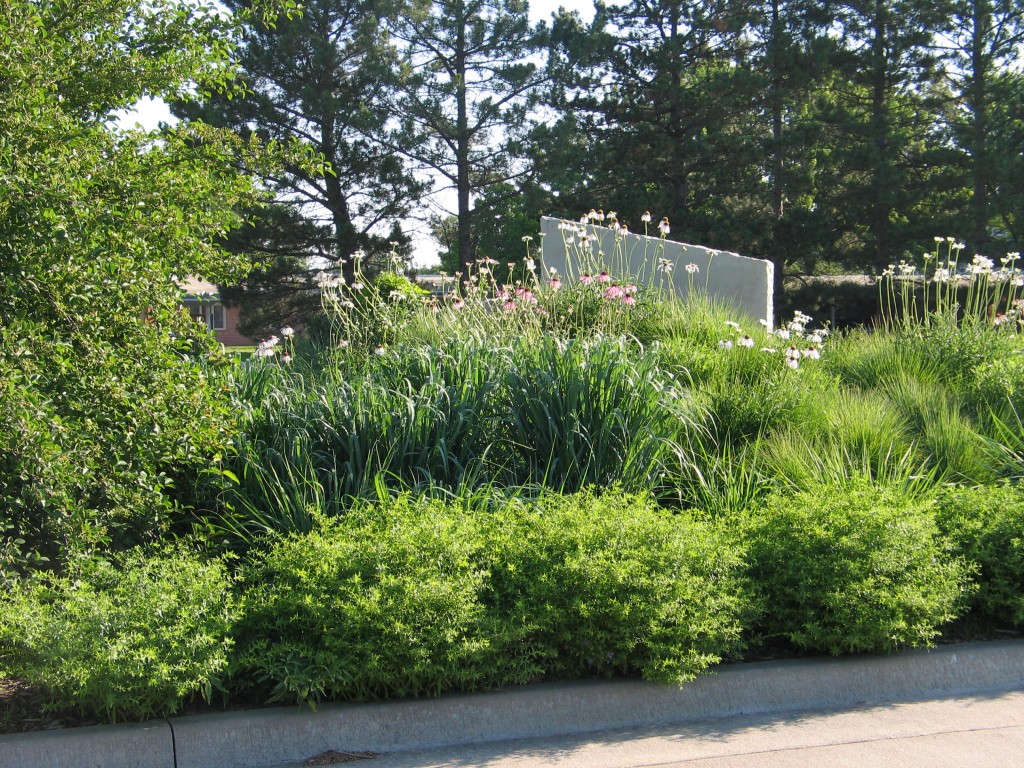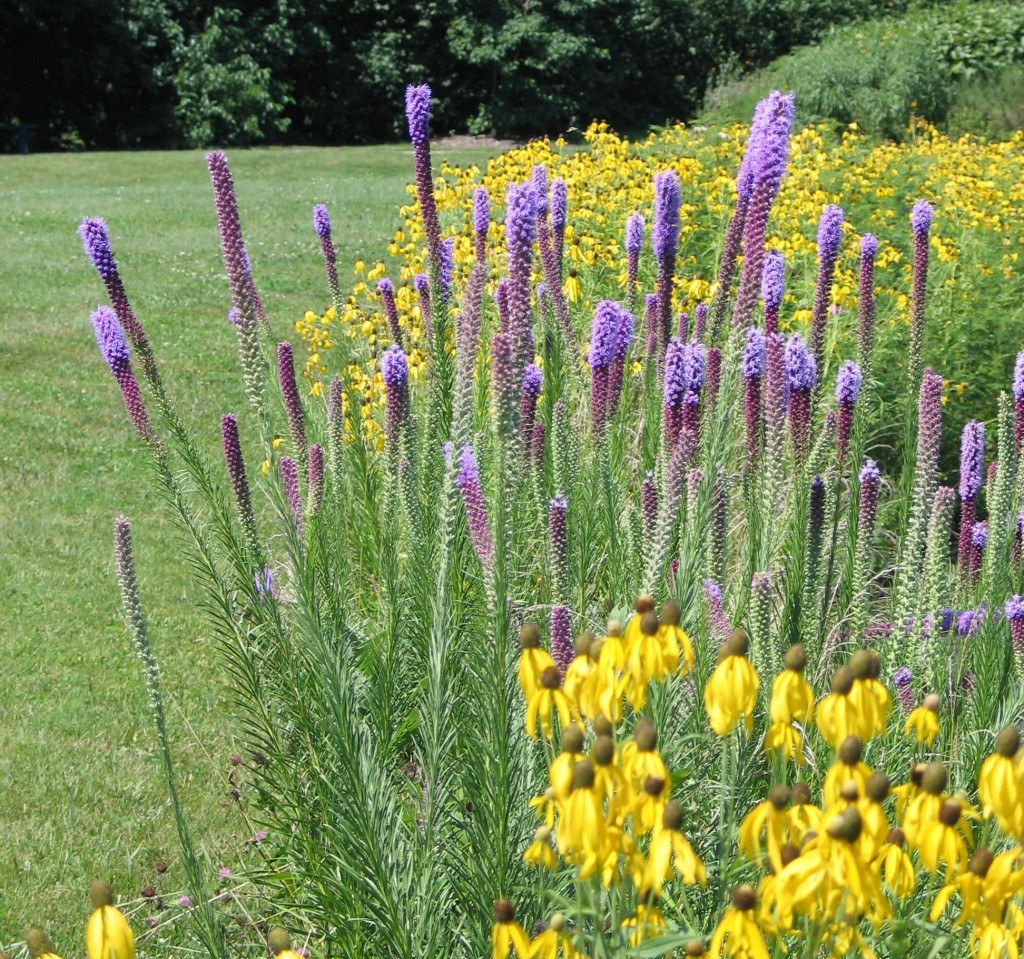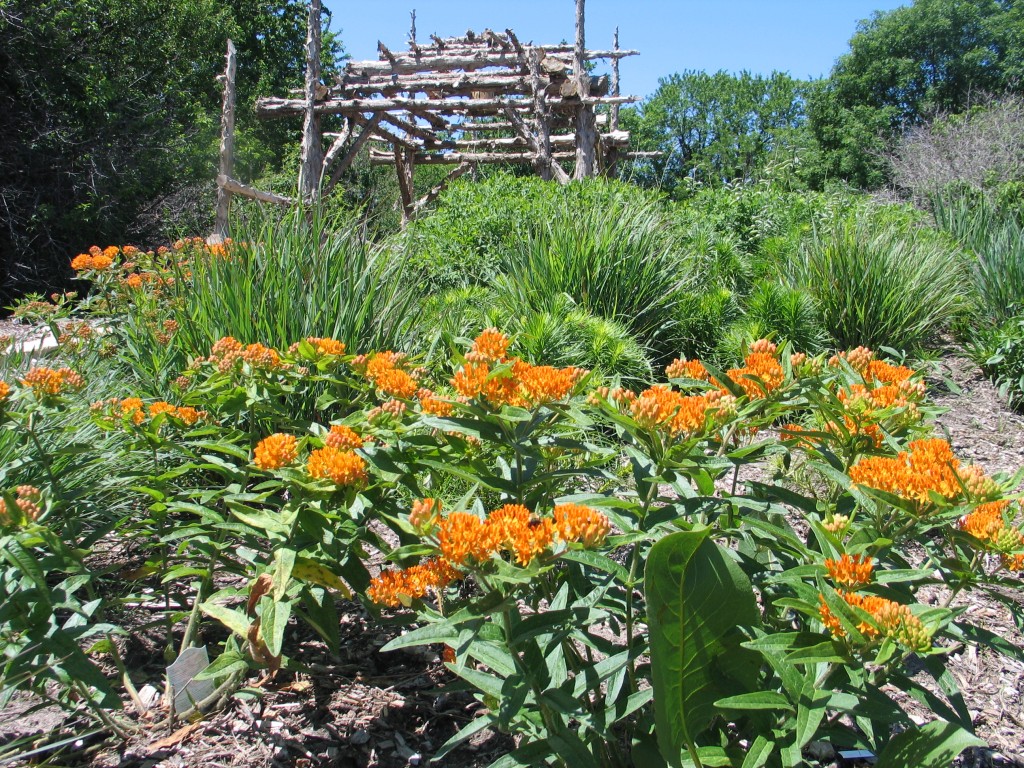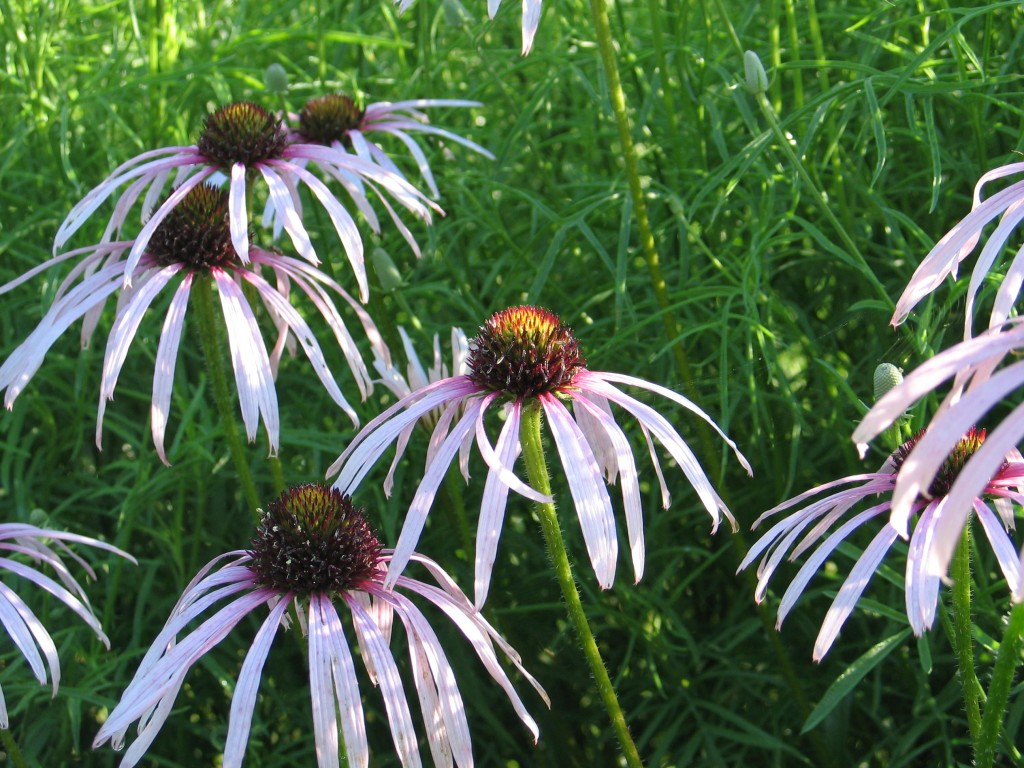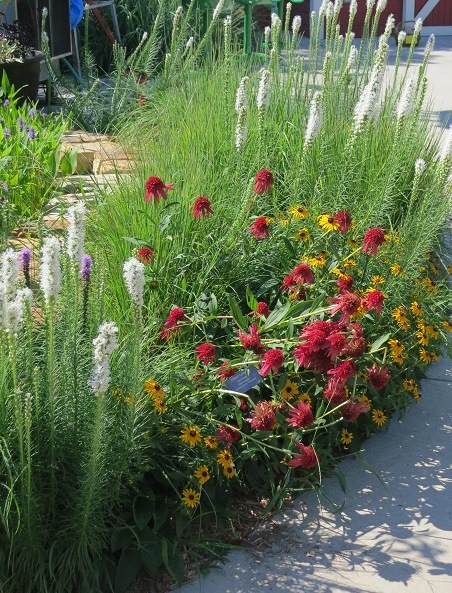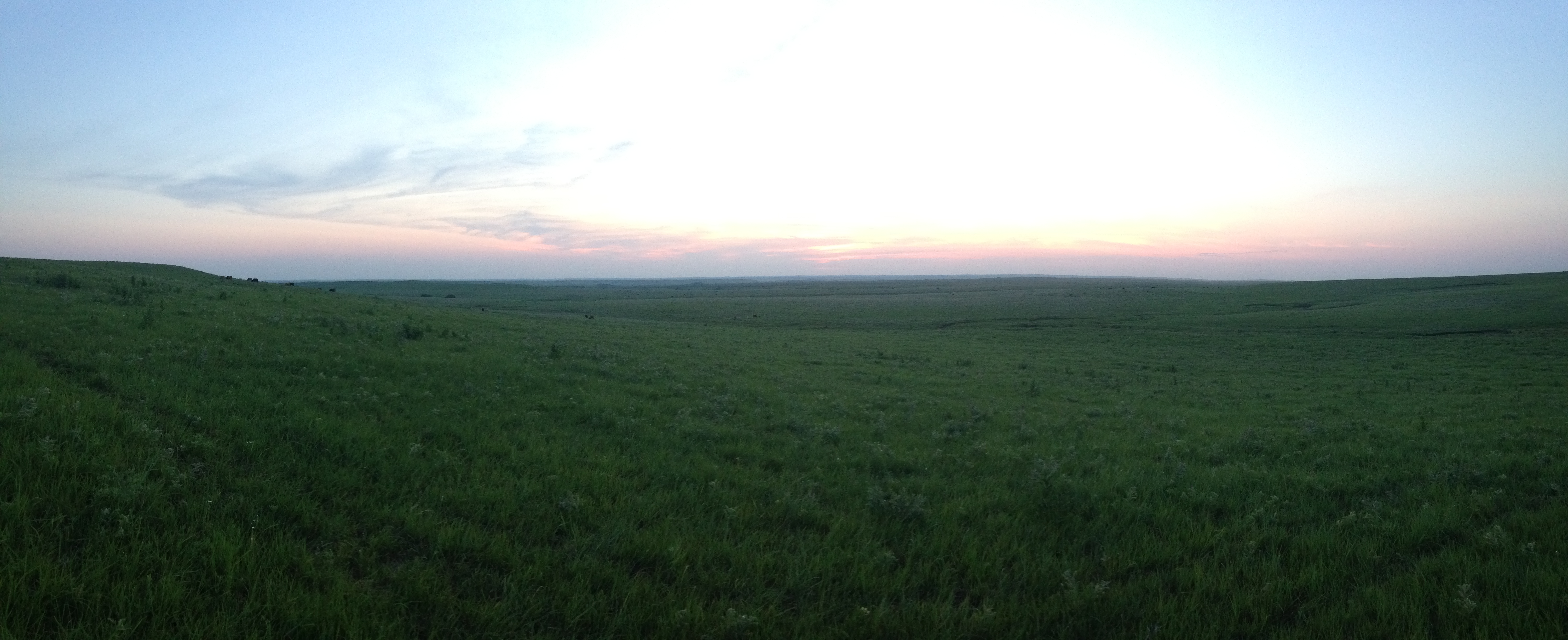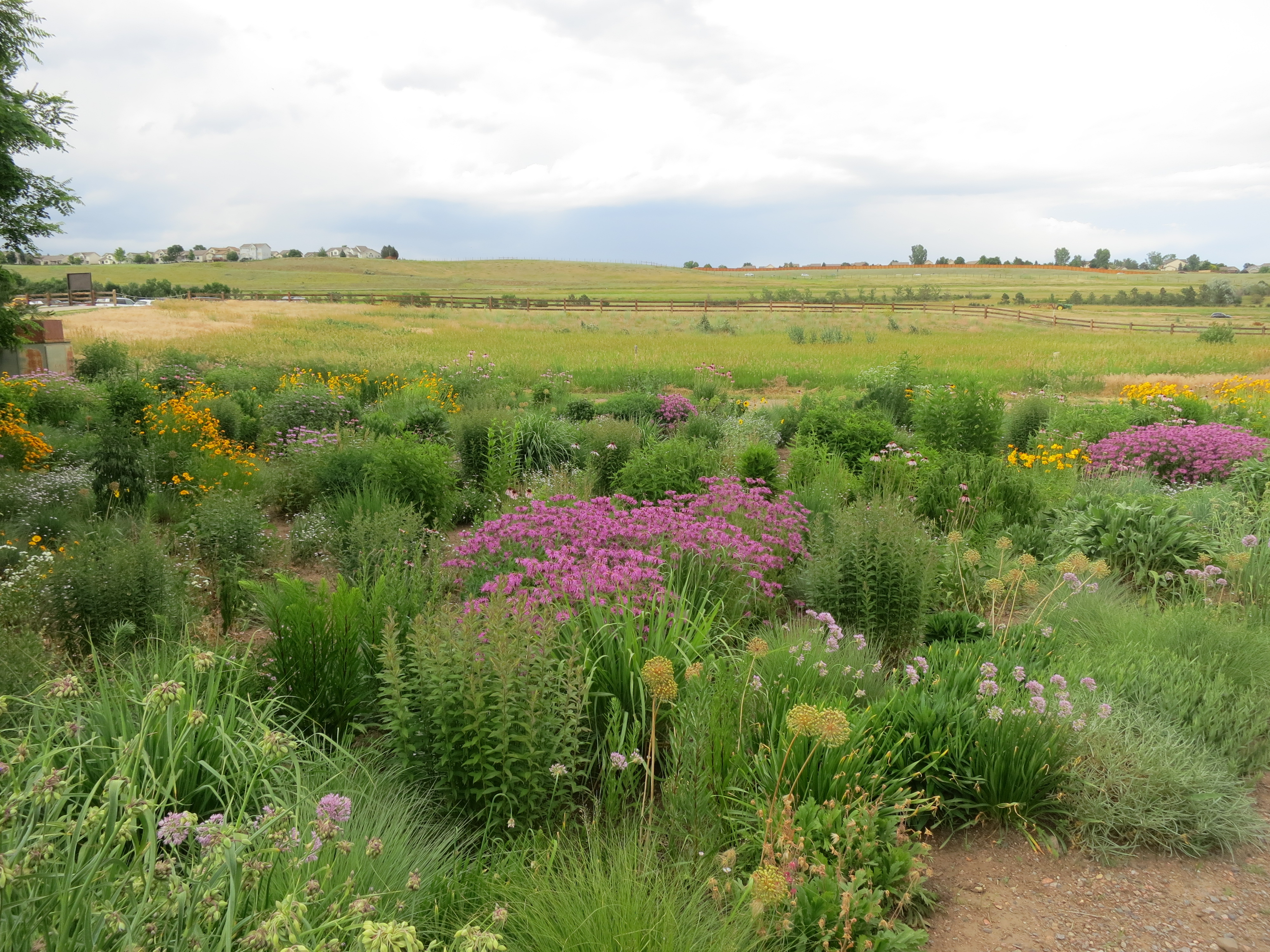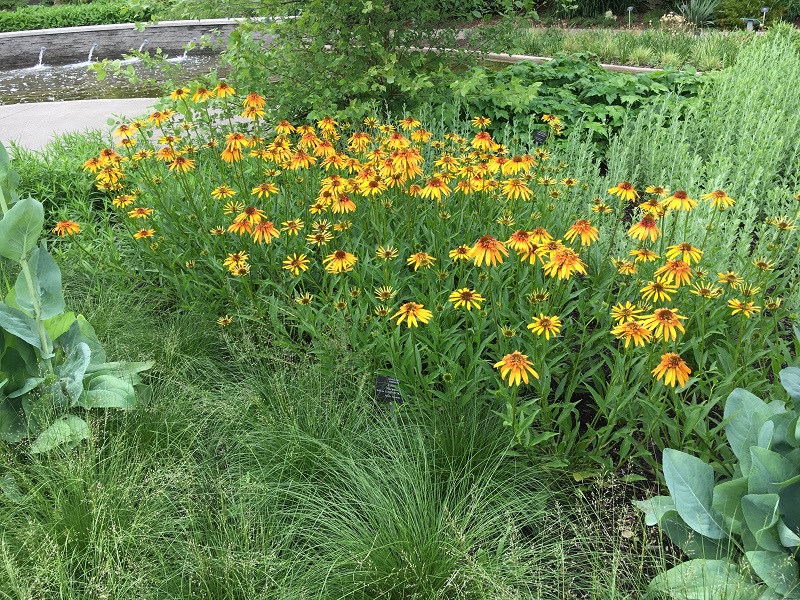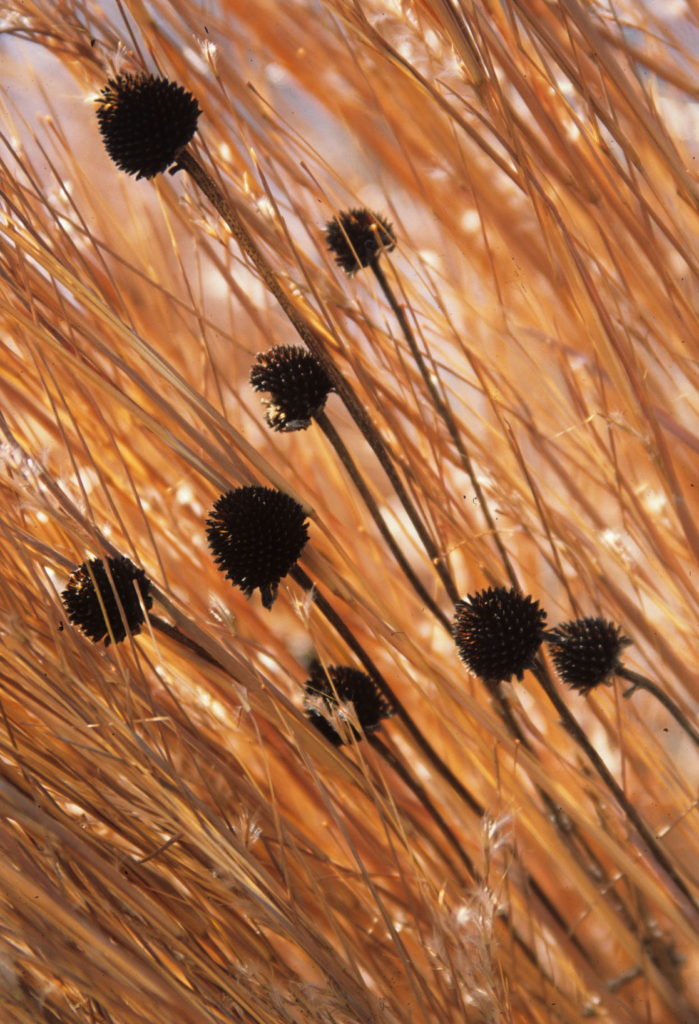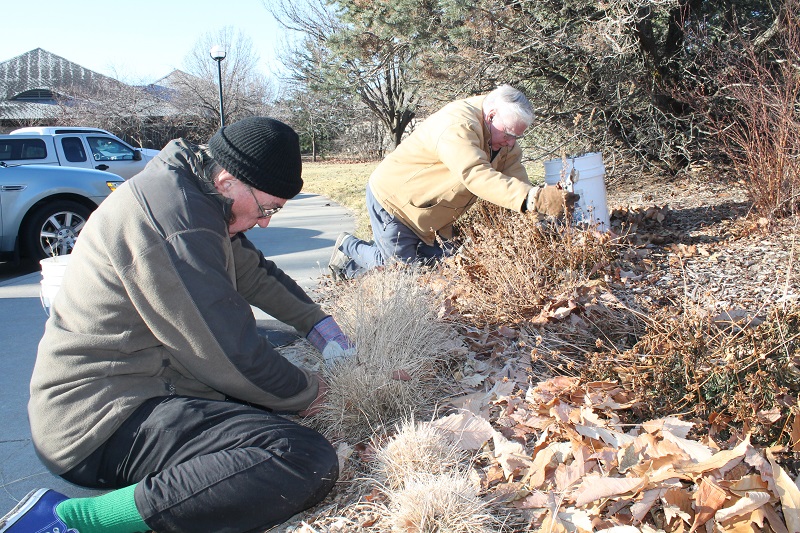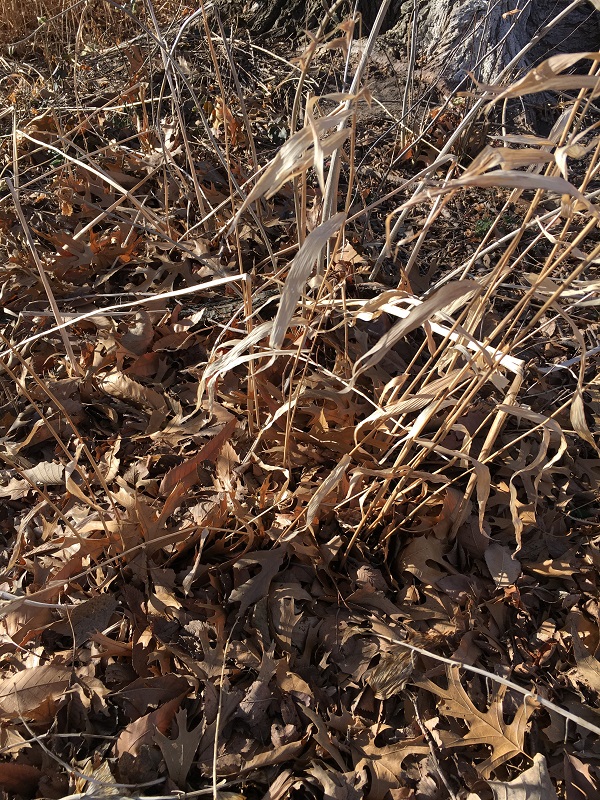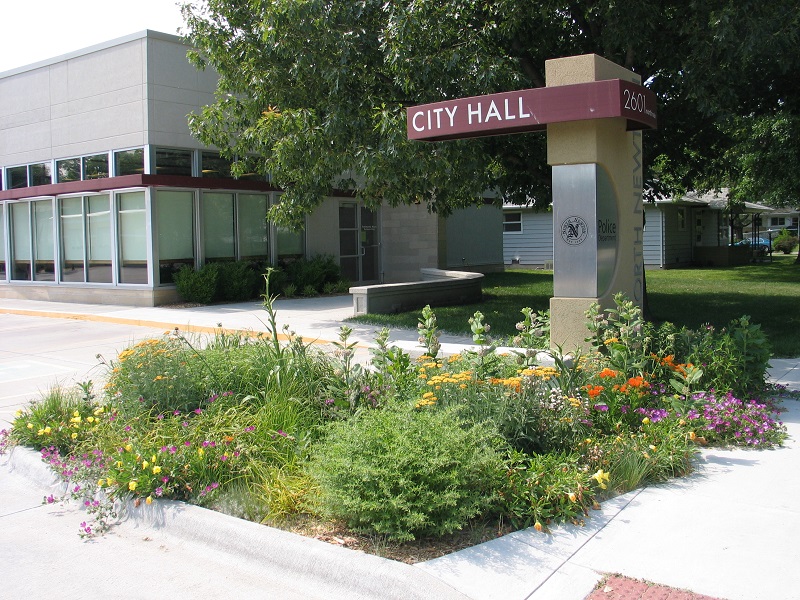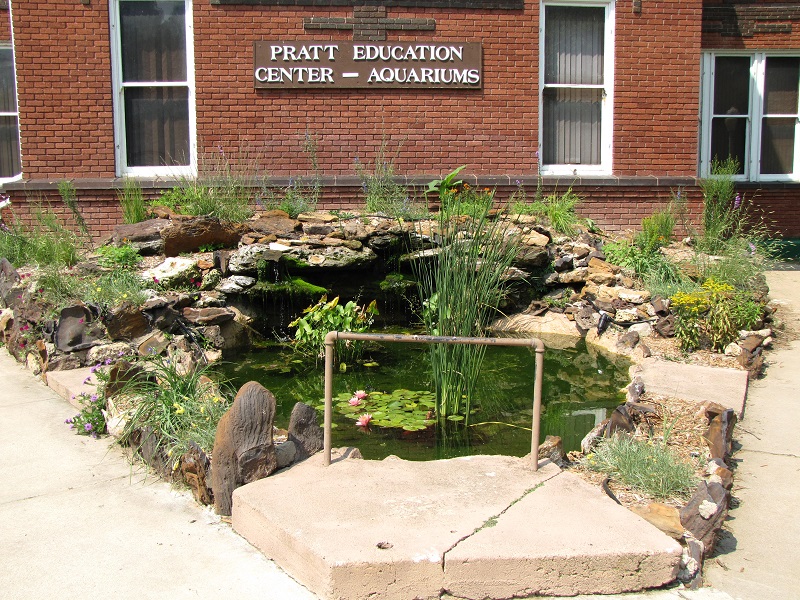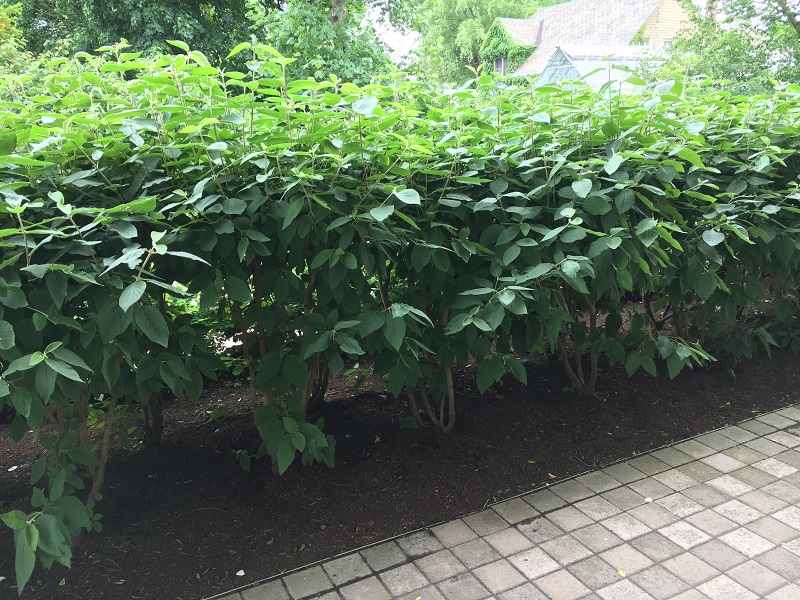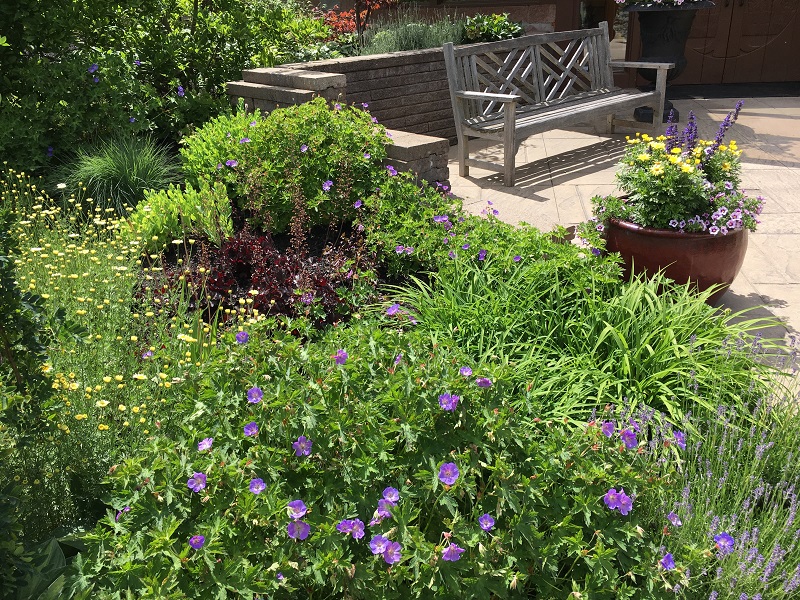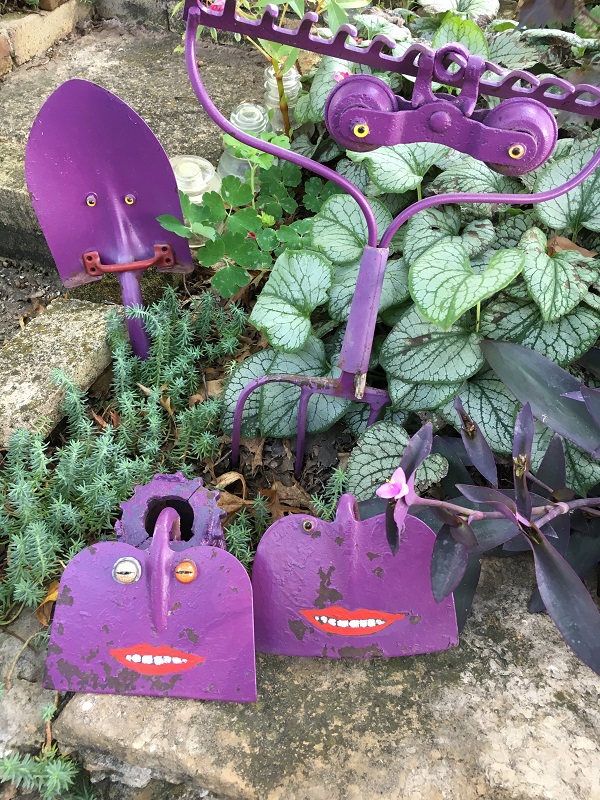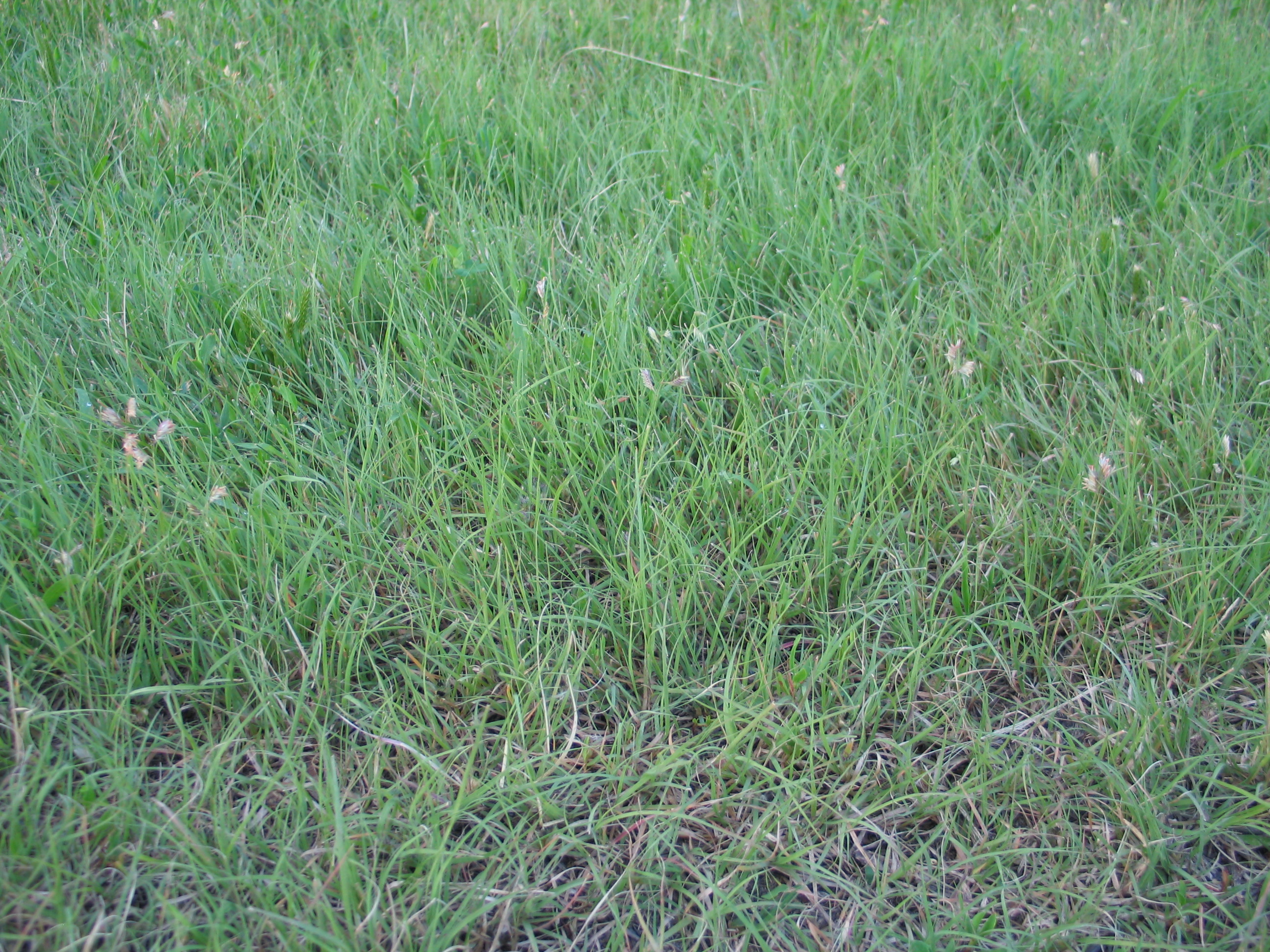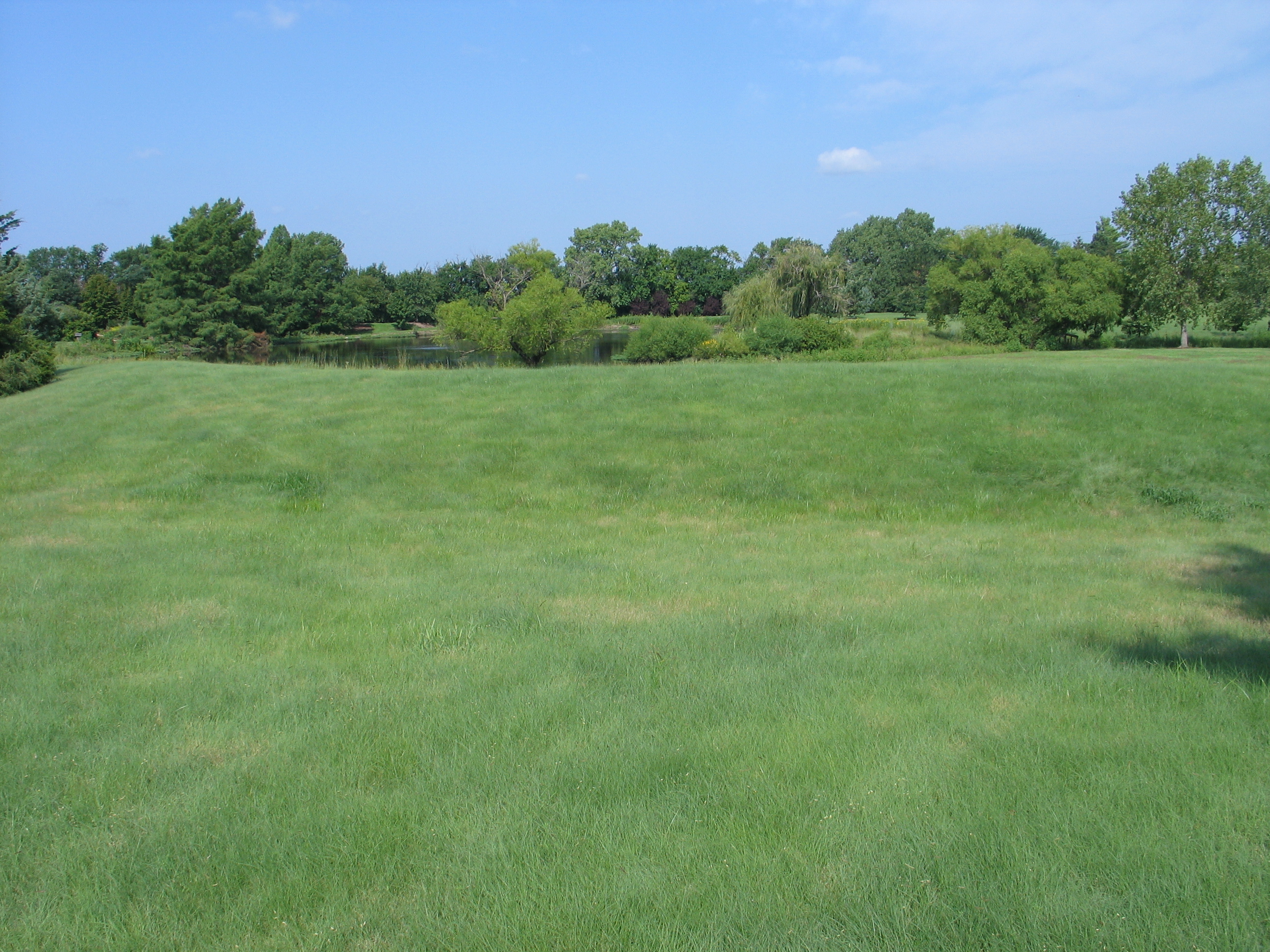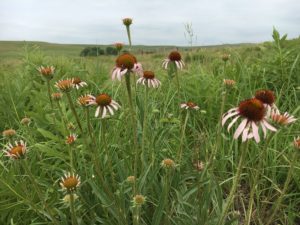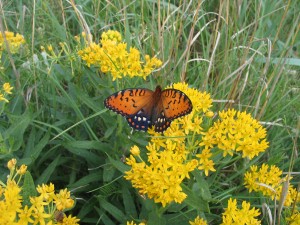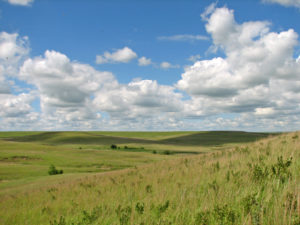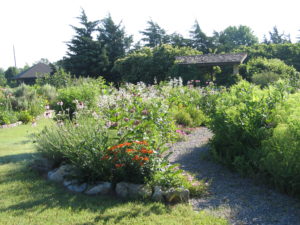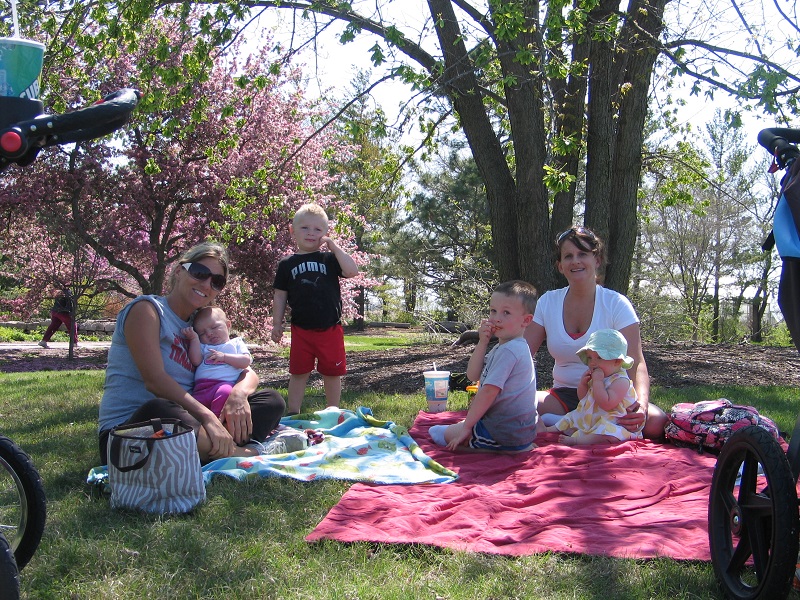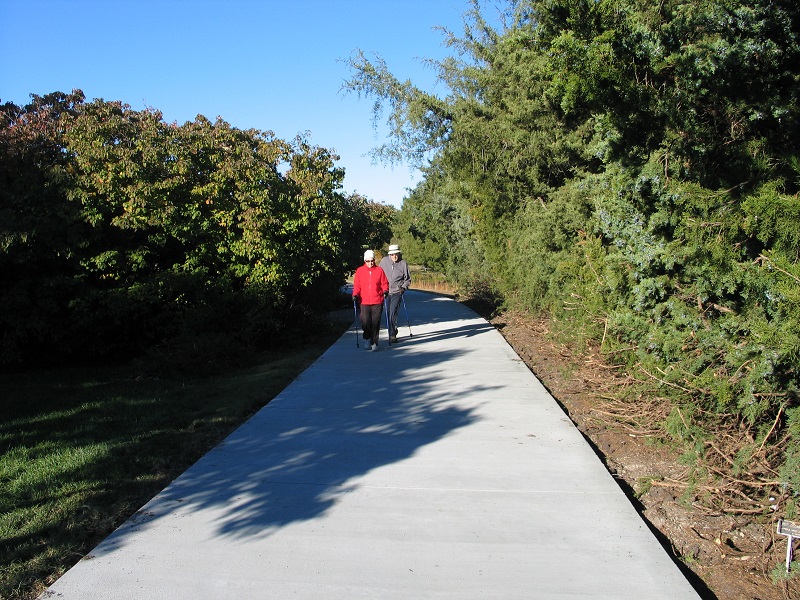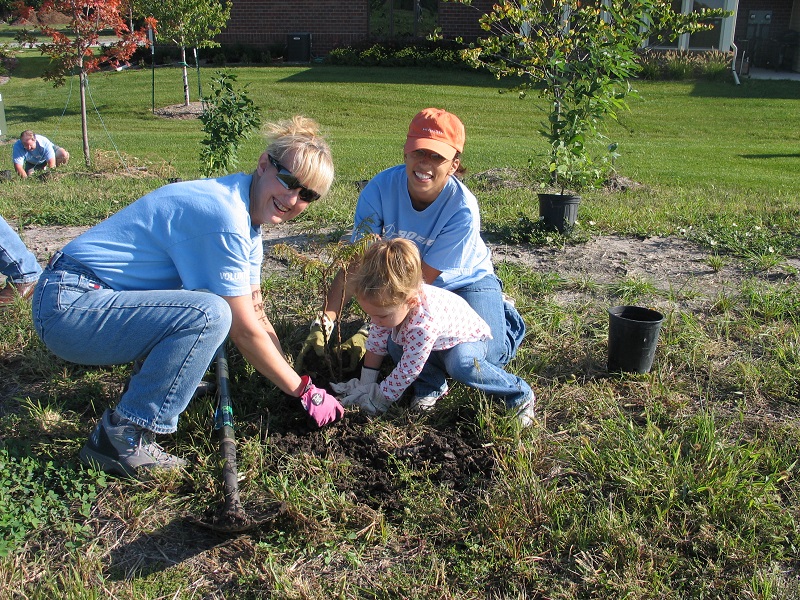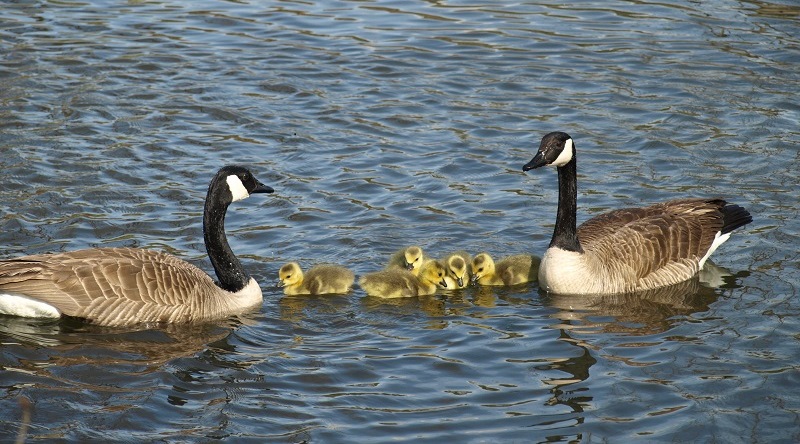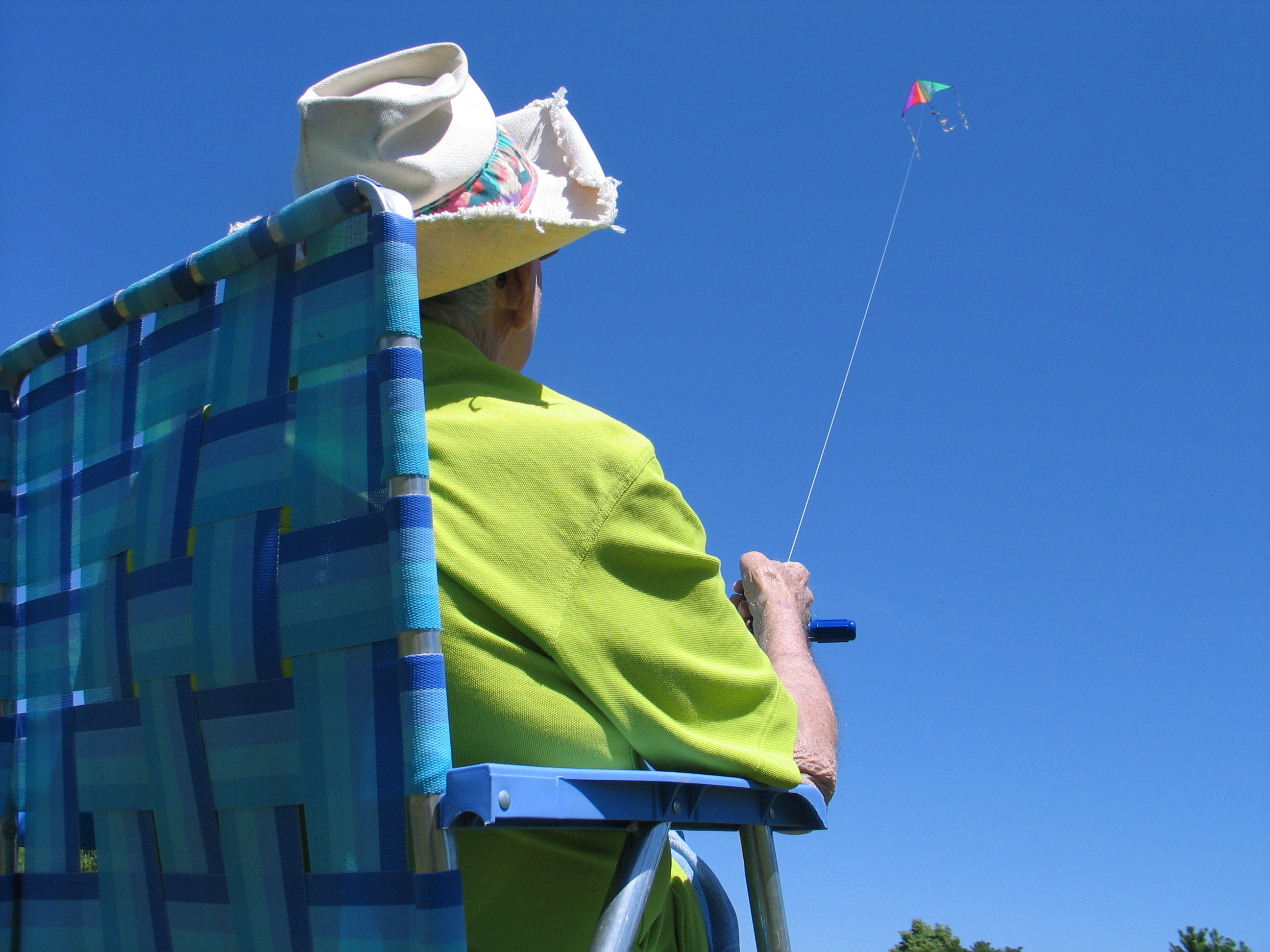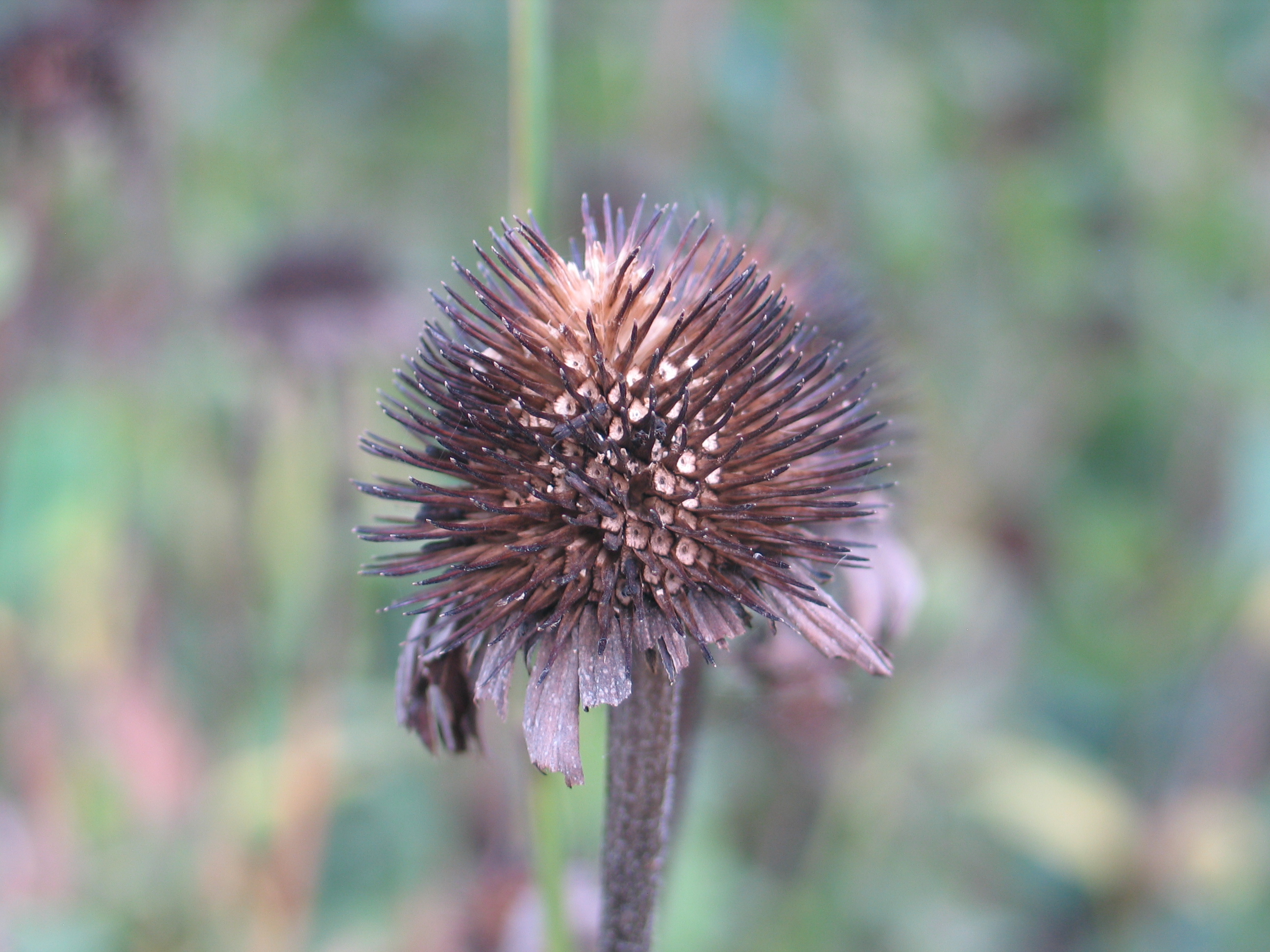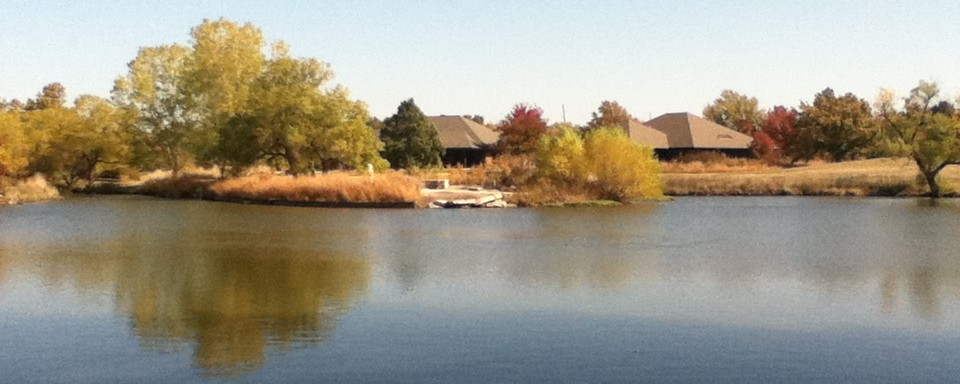Believe it or not, there are still some fantastic wild places in Kansas that are worth discovering. These regions don’t fit the stereotypical mold of a Kansas landscape (flat and boring). I have compiled a list of some the best spots that I have enjoyed. Maybe you can take a day trip this summer and reconnect with the land.
Kanopolis State Park
This park has a special place in my heart because of the time and my classmates and I spent the night there in fourth grade. The teachers must have been crazy watching us overnight, but we had a great time. A few years later they came to their senses and now only spend the day at the park. Anyway, Kanopolis State Park, the first state park in Kansas, is situated in the rolling hills, bluffs and woods of the scenic Smoky Hills region of the state. If you have a chance, take a hike along the Horsethief Canyon Trail and enjoy the wildflowers, ferns, caves, streams and scenic views.
Wilson State Park
Many people consider this to be the most beautiful of Kansas’ state parks. It is located in the heart of the Smoky Hills. Wilson Reservoir features a rugged shoreline punctuated by scenic cliffs and rocky outcrops. Wildflowers abound throughout the year, but especially in spring along highway 232 from Interstate I-70, leading you to the lake. Another point of interest worth the short drive is The Garden of Eden in Lucas.
Clark State Fishing Lake and Big Basin Prairie Preserve/St. Jacobs Well
These areas are interesting and worth the drive. Big Basin features St. Jacob’s Well, a water-filled sinkhole that has never run dry. This water source was a stop for many settlers migrating west. The Big Basin is a lush mile-wide crater-like depression, also resulting from a sinkhole. Clark State Fishing Lake in Clark County of southwest Kansas is located in an extremely scenic setting of canyon country.
Chase County State Lake
The wonderfully diverse native prairie along the uplands overlooking the lake make this a beautiful setting to camp and fish. It is a little known treasure in the heart of the Flint Hills. Take a short jaunt to Cottonwood Falls to eat at one of the local restaurants or make the short 15 minute drive north to the The Tallgrass Prairie National Preserve.
Cross Timbers State Park
This park west of Yates Center in Woodson County is a gem that more people need to experience. The forested streams with ancient oaks and upland prairies provide visitors an opportunity to discover trees dating back to 1730. Hiking to the top of the rugged sandstone-capped hills are a great way to take in the scenic views of the area.
This is just a sampling of the places I have experienced over the years living in Kansas. I’m sure you have your favorites as well. A point worth noting is the importance of these wild places for future generations to enjoy. These wild places help reconnect us to the land.

